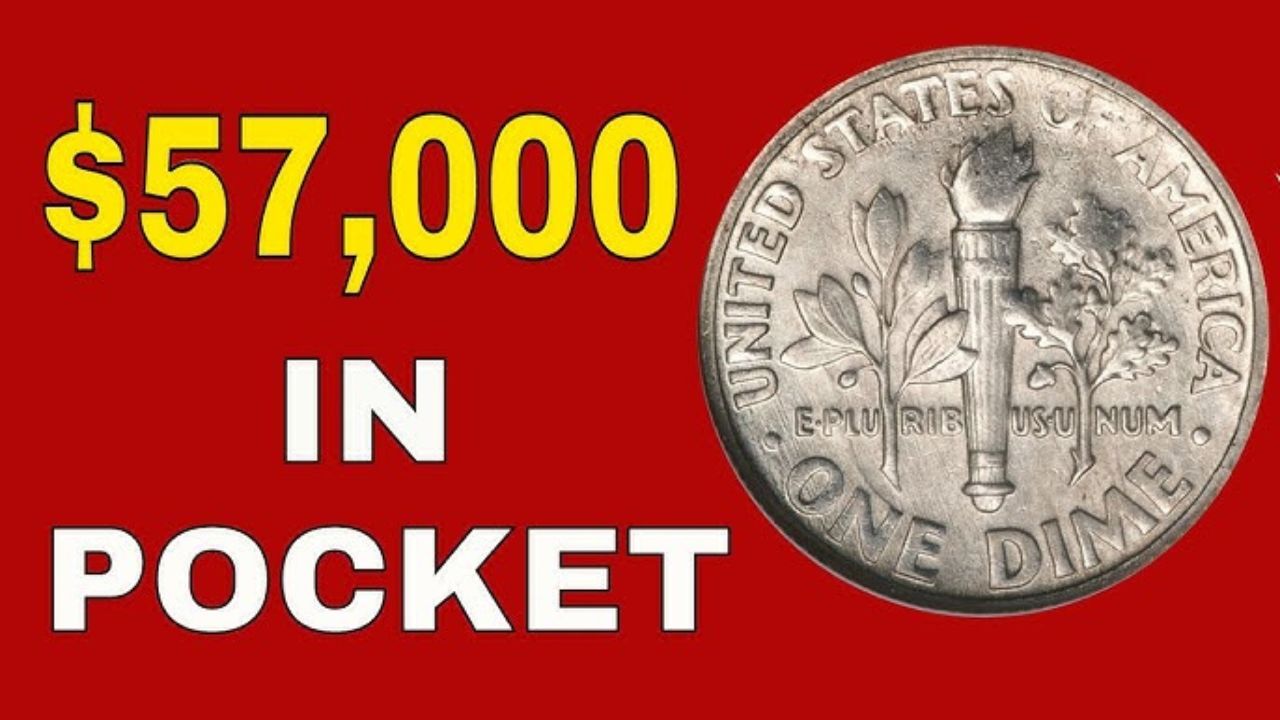In the world of coin collecting, even the smallest piece of change can turn out to be a treasure. Among U.S. coins, certain rare dimes and bicentennial quarters have become hot commodities for collectors, sometimes commanding prices in the millions.
As of 2025, it’s estimated that just five specific dimes and quarters in circulation or private collections are collectively worth up to $150 million. For everyday people, the idea that a seemingly ordinary coin might be worth a fortune is both thrilling and plausible.
What Makes These Coins So Valuable?
The value of a coin is determined by its rarity, condition, minting errors, and historical significance. Coins with low mintage, those accidentally struck with errors, or those issued in limited editions can sell for astronomical amounts at auction or through private dealers.
Bicentennial coins, issued in 1976 to commemorate 200 years of American independence, are particularly sought after in pristine condition or with rare variations such as no mint mark or double die errors. Some pre-1965 dimes, especially those made of 90% silver, also carry considerable value due to their metal content and rarity.
List of 5 Rare Dimes and Bicentennial Coins with Estimated Values
| Coin Type | Year/Mint | Estimated Value | Special Features |
|---|---|---|---|
| 1894-S Barber Dime | 1894 – San Francisco | $2 million – $9.5 million | Only 24 minted, fewer than 10 known today |
| 1975 No-S Roosevelt Dime | 1975 – No Mint Mark | $500,000 – $1 million | Proof coin mistakenly minted without “S” mark |
| 1968 No-S Roosevelt Dime (Proof) | 1968 – No Mint Mark | $30,000 – $47,000 | Missing mint mark on proof coin |
| 1976 Bicentennial Quarter (Double Die) | 1976 – Multiple Mints | $5,000 – $25,000 | Double die obverse creates distorted appearance |
| 1976 Bicentennial Quarter (Silver Proof) | 1976 – San Francisco | $10,000 – $20,000 | 40% silver, low mintage, high grade |
Could You Be Holding One?
It’s entirely possible. These coins sometimes go unnoticed in piggy banks, inherited collections, or pocket change. The key is to inspect them carefully. Look for unusual details such as missing mint marks, strange textures, or dates that align with rare mintage years. Proof coins are shinier and have more detail than regular circulation coins, and these often hold more value.
Collectors and dealers often use magnifying glasses or coin graders to authenticate these rarities. Having a coin appraised by a professional numismatist can reveal its true worth. You can also check online auction results or certified listings for pricing comparisons.
Where to Sell or Authenticate Valuable Coins
Coins believed to be rare should not be cleaned or altered. Instead, store them in a protective holder and take them to a reputable coin dealer or submit them to grading companies like PCGS or NGC. These certified organizations can validate and grade the coin, dramatically impacting its resale value.



